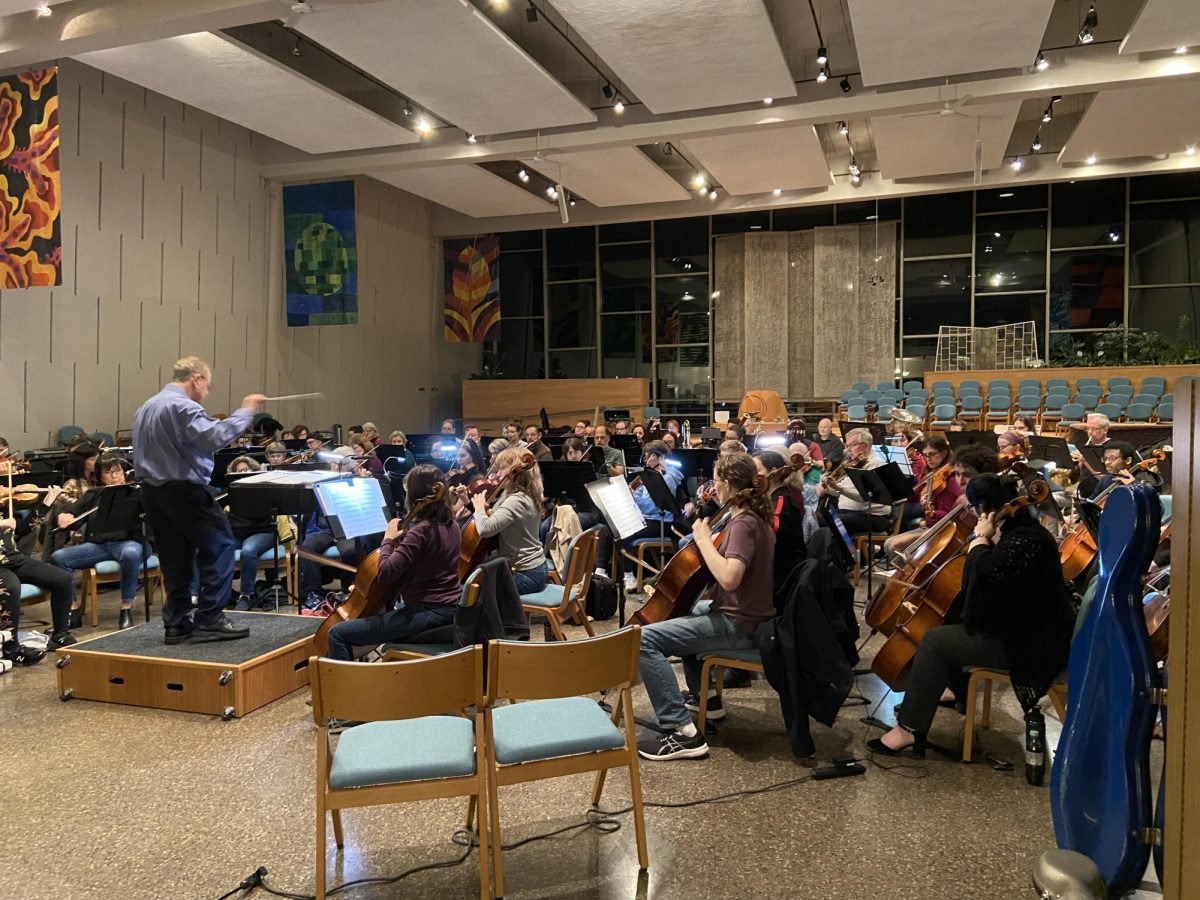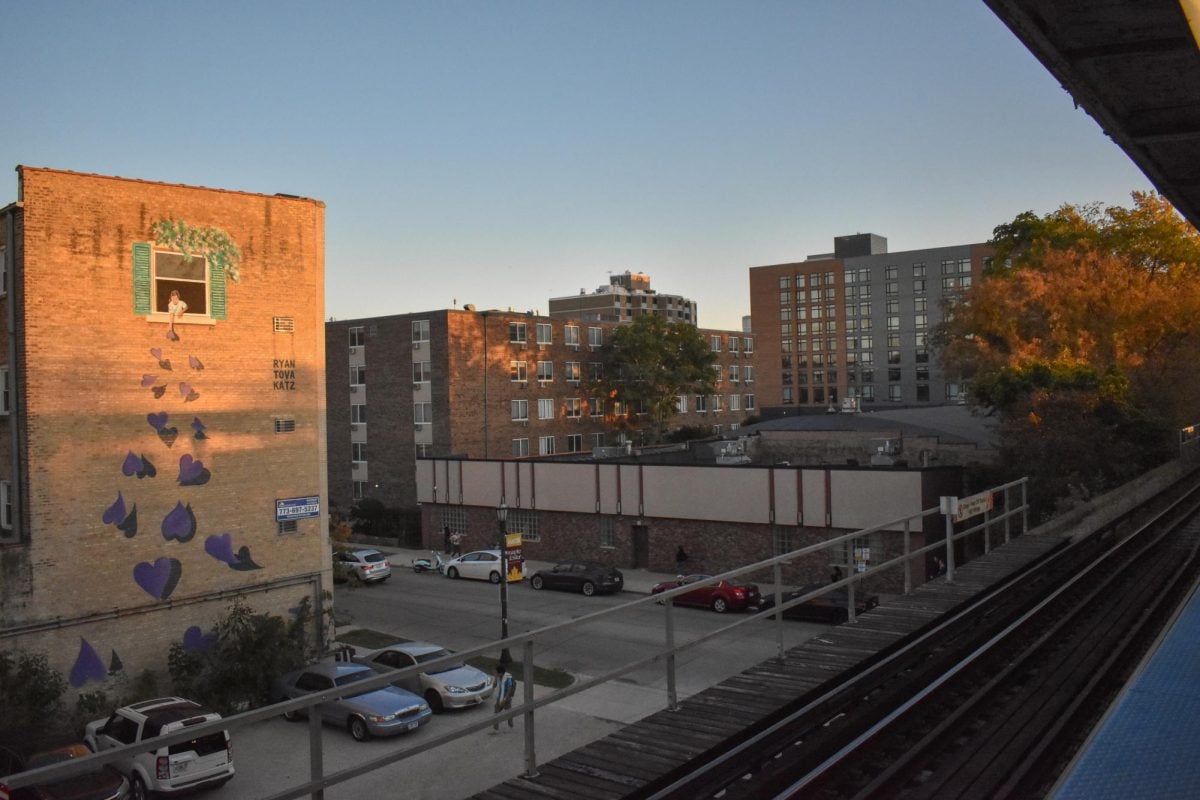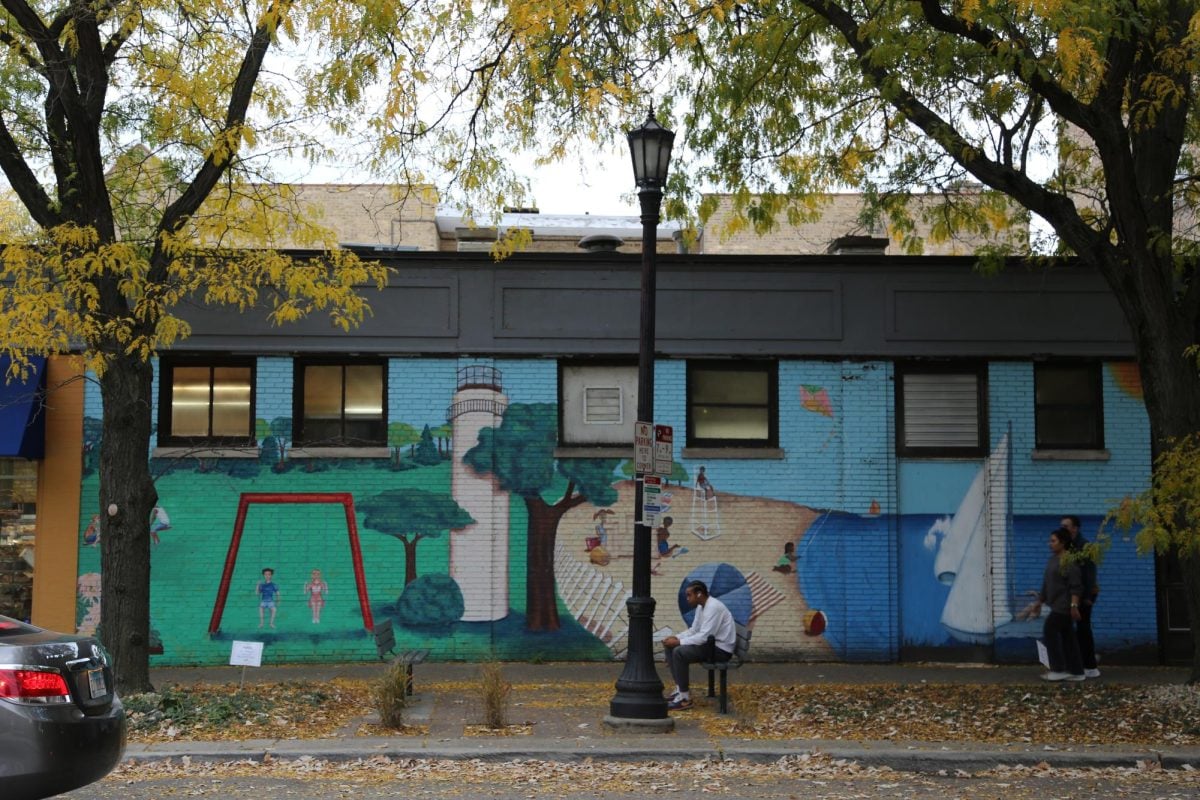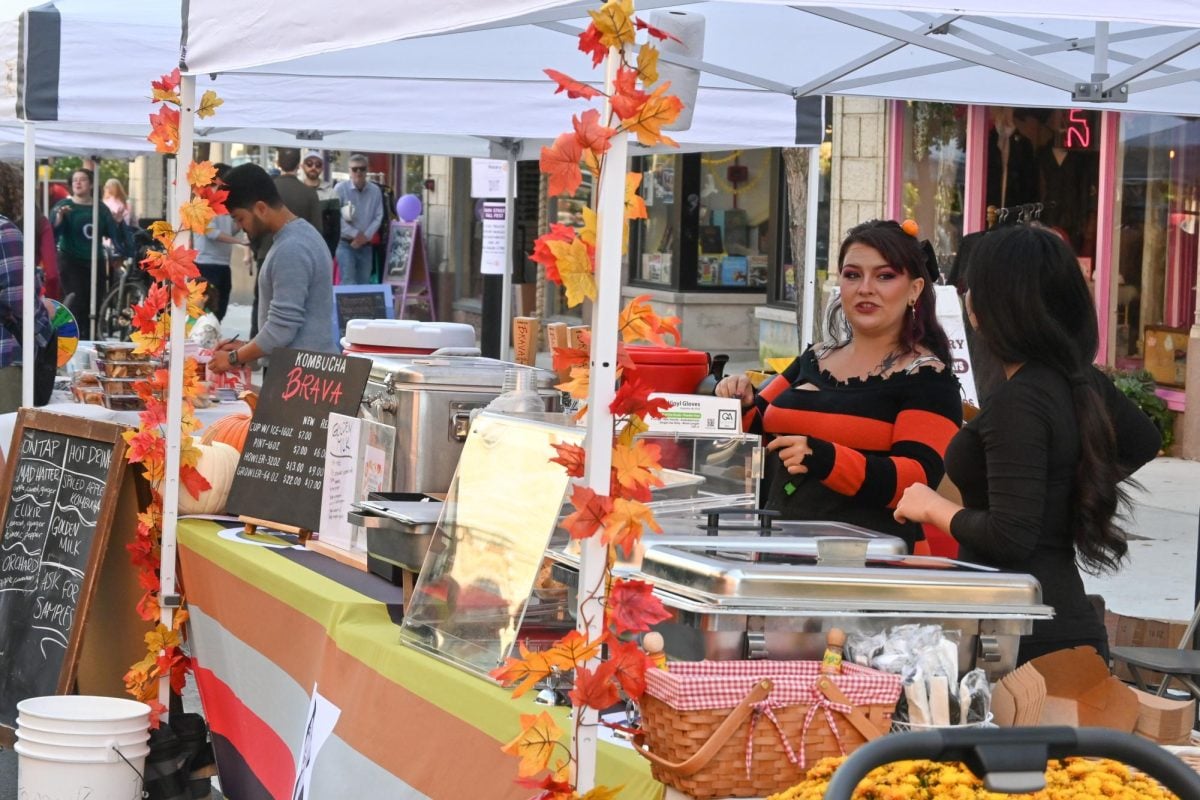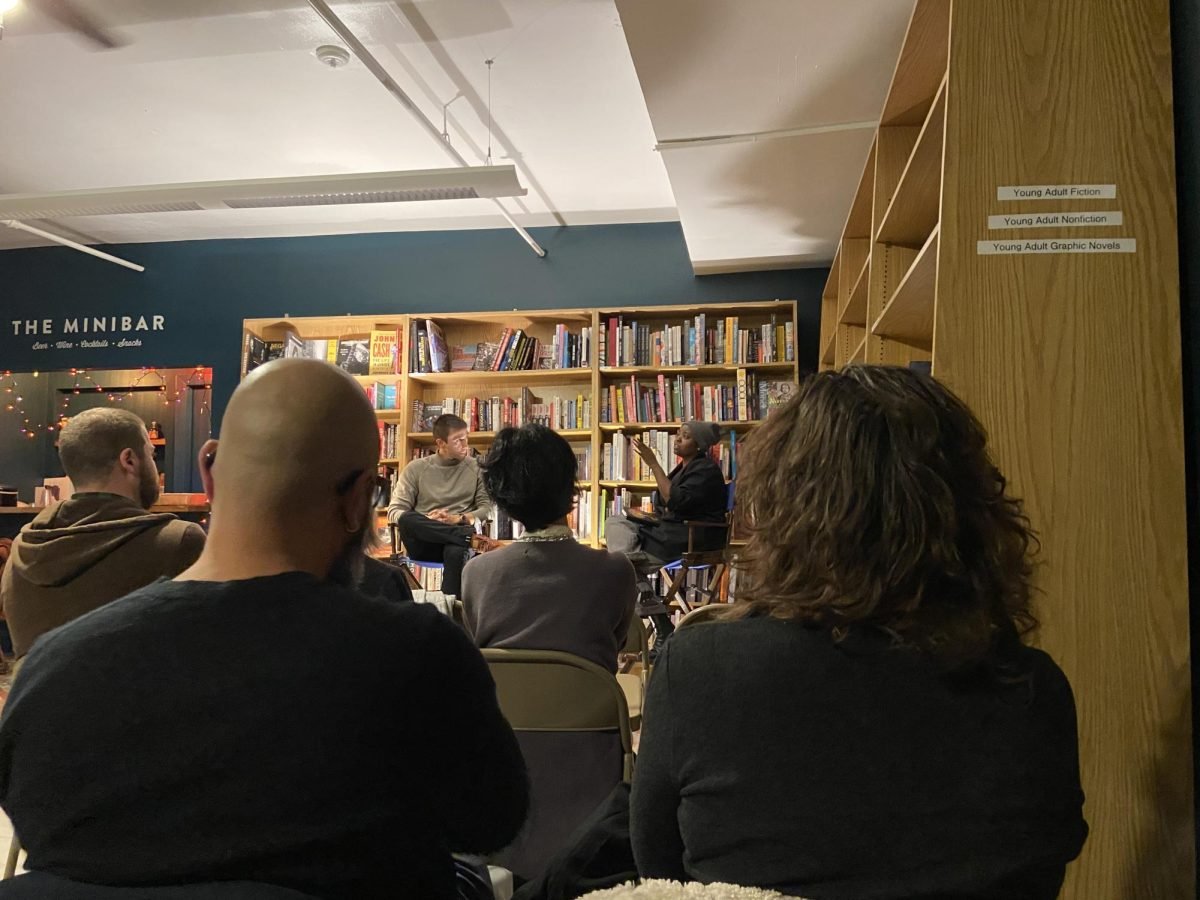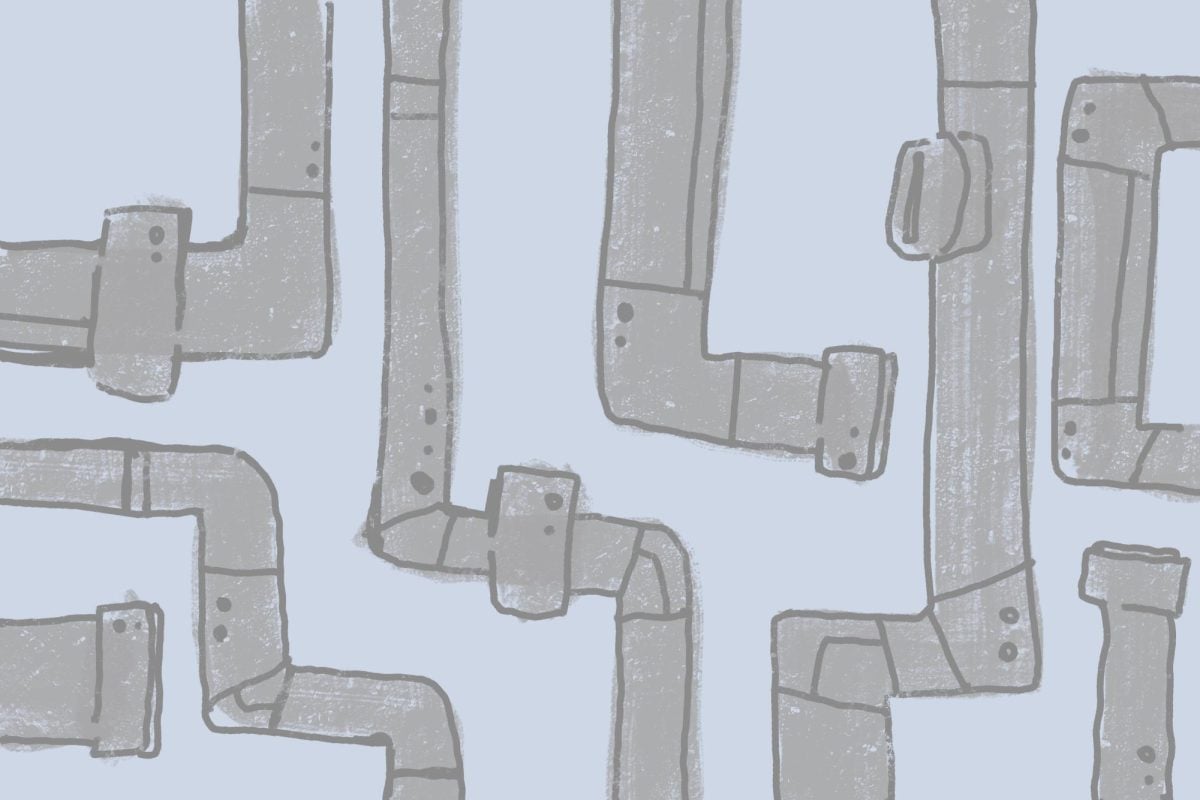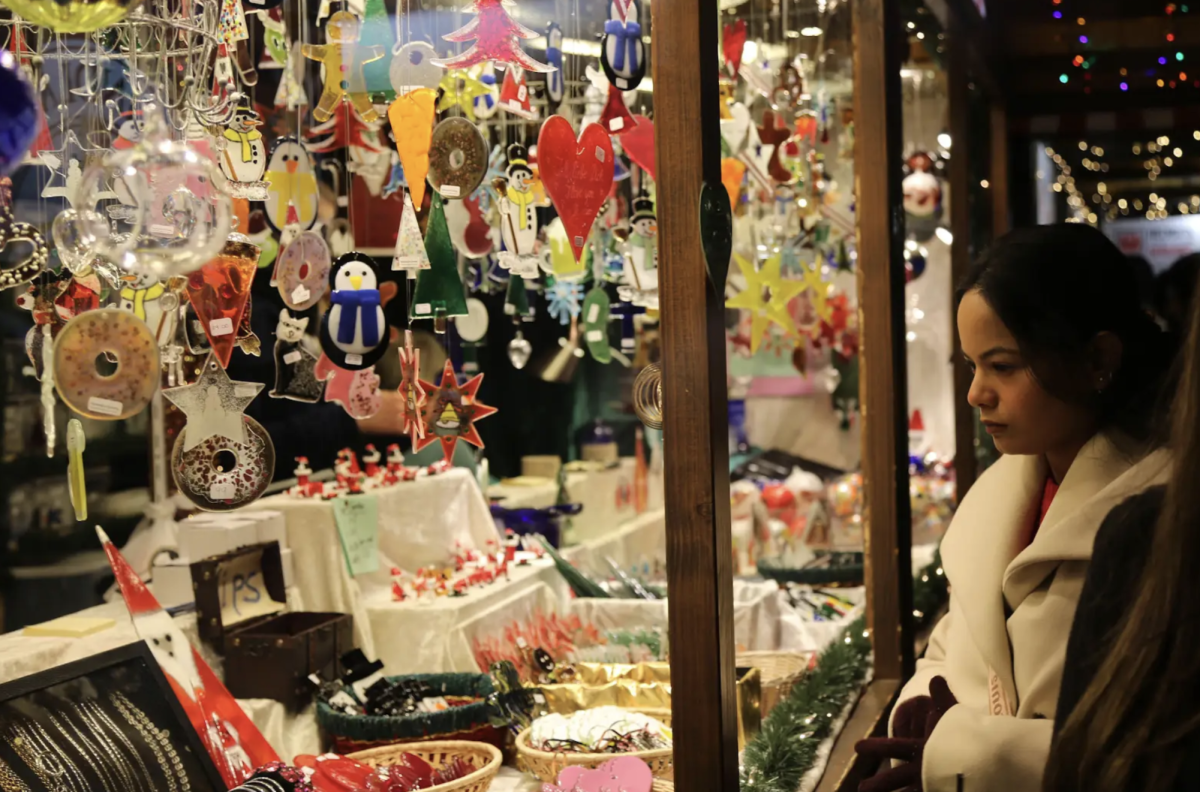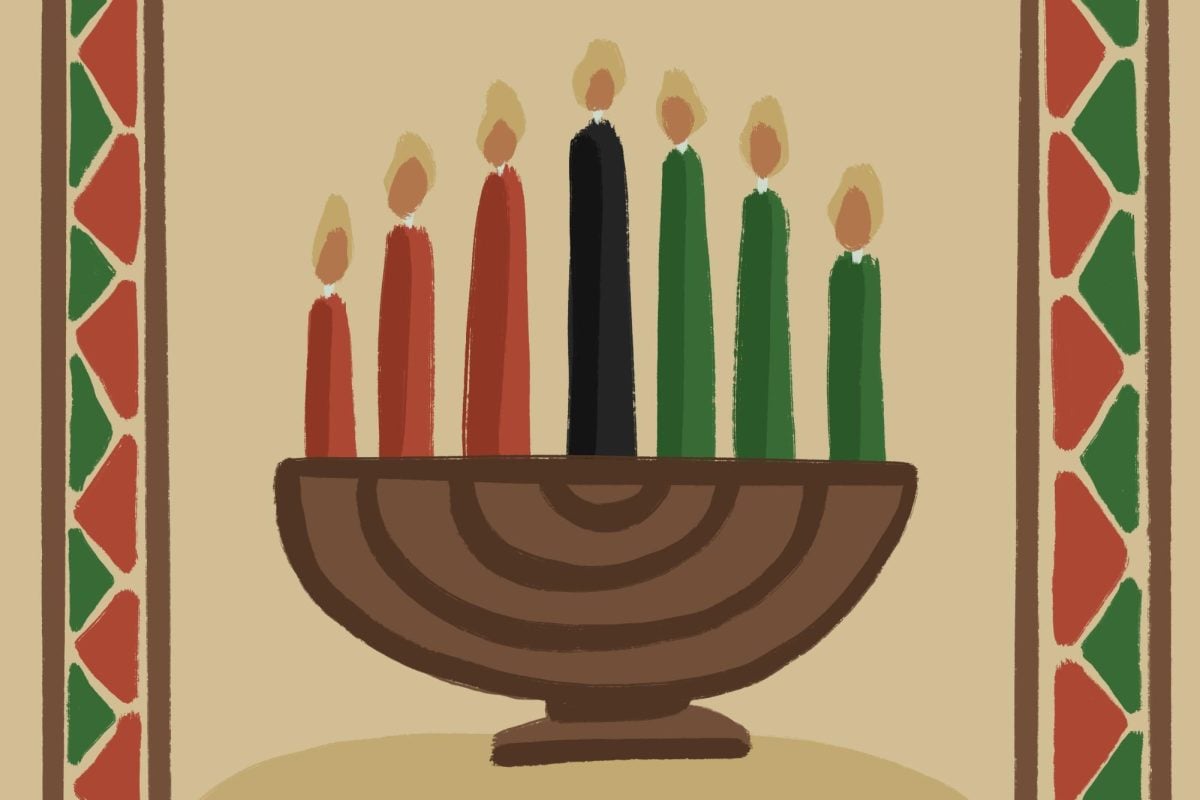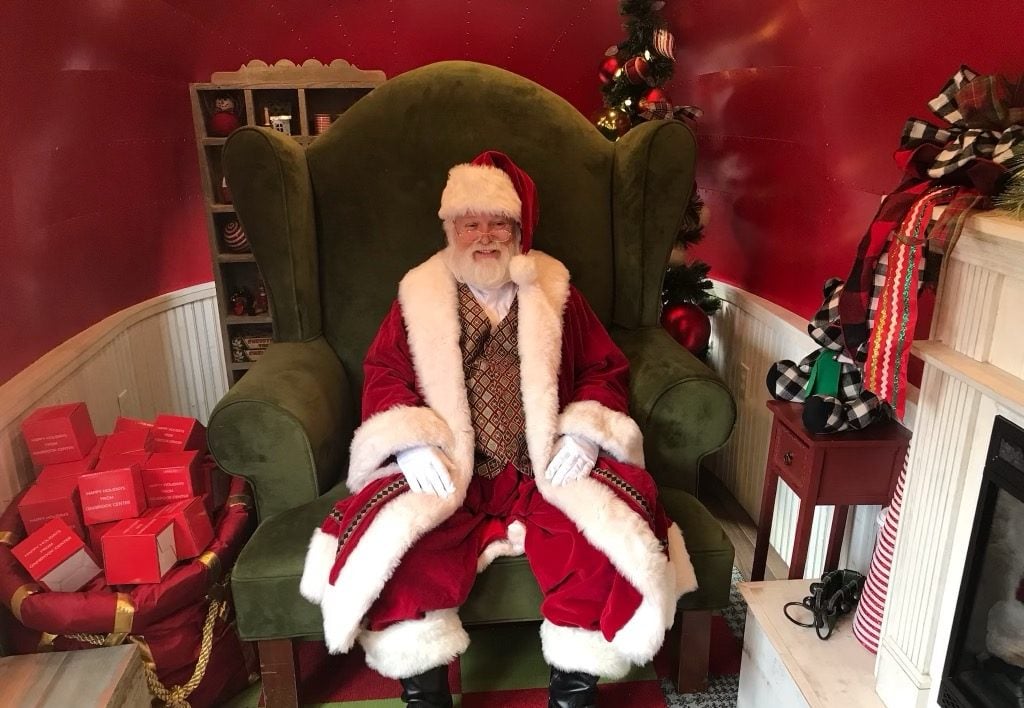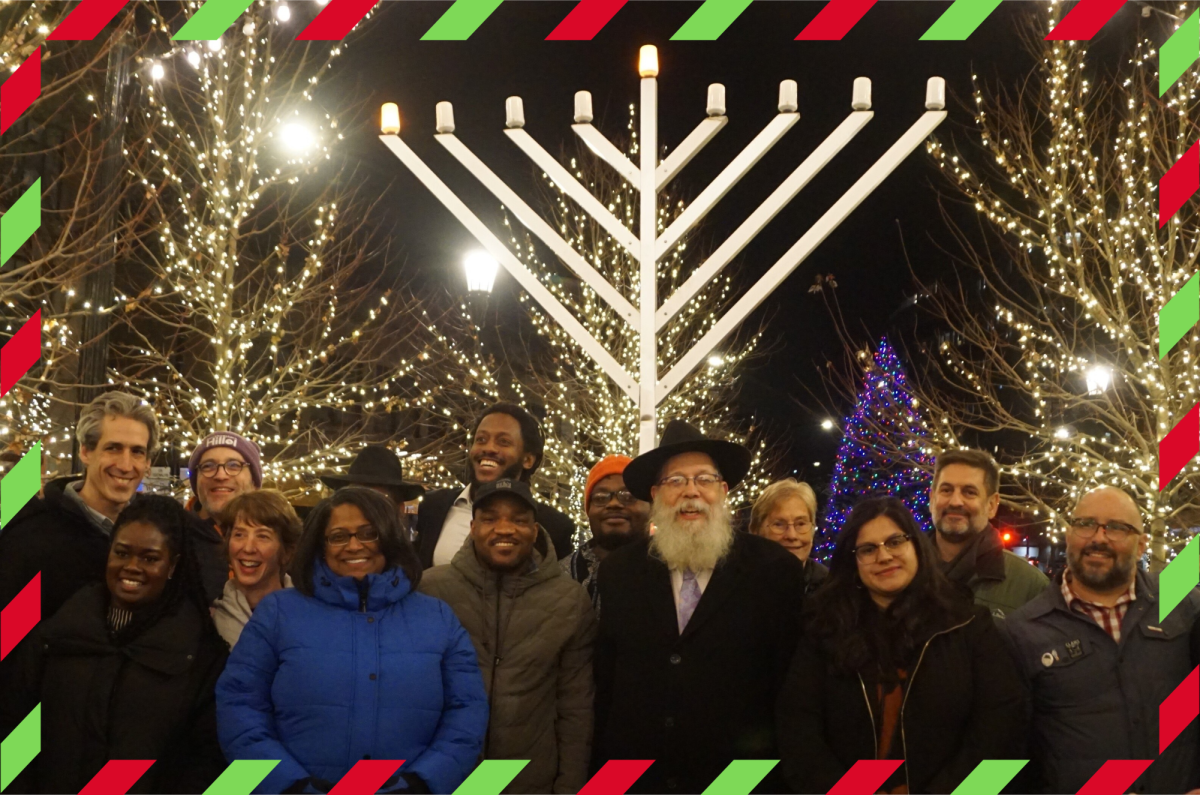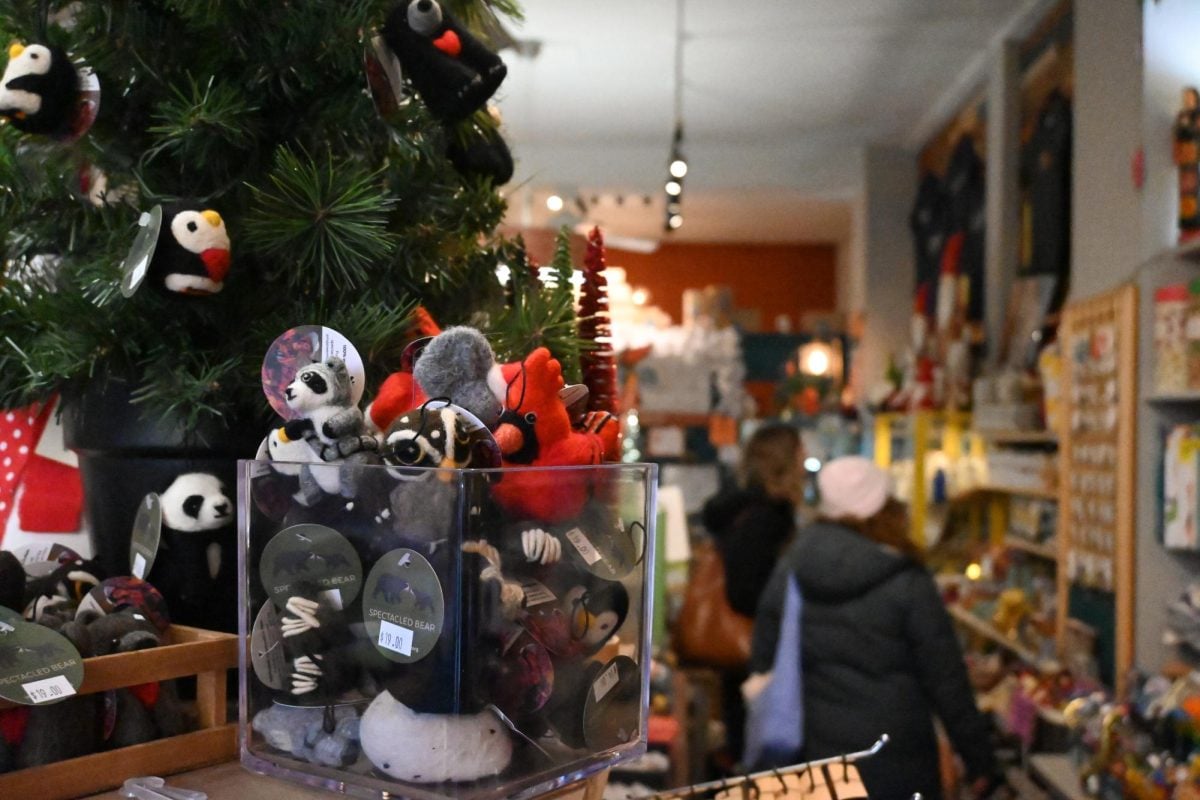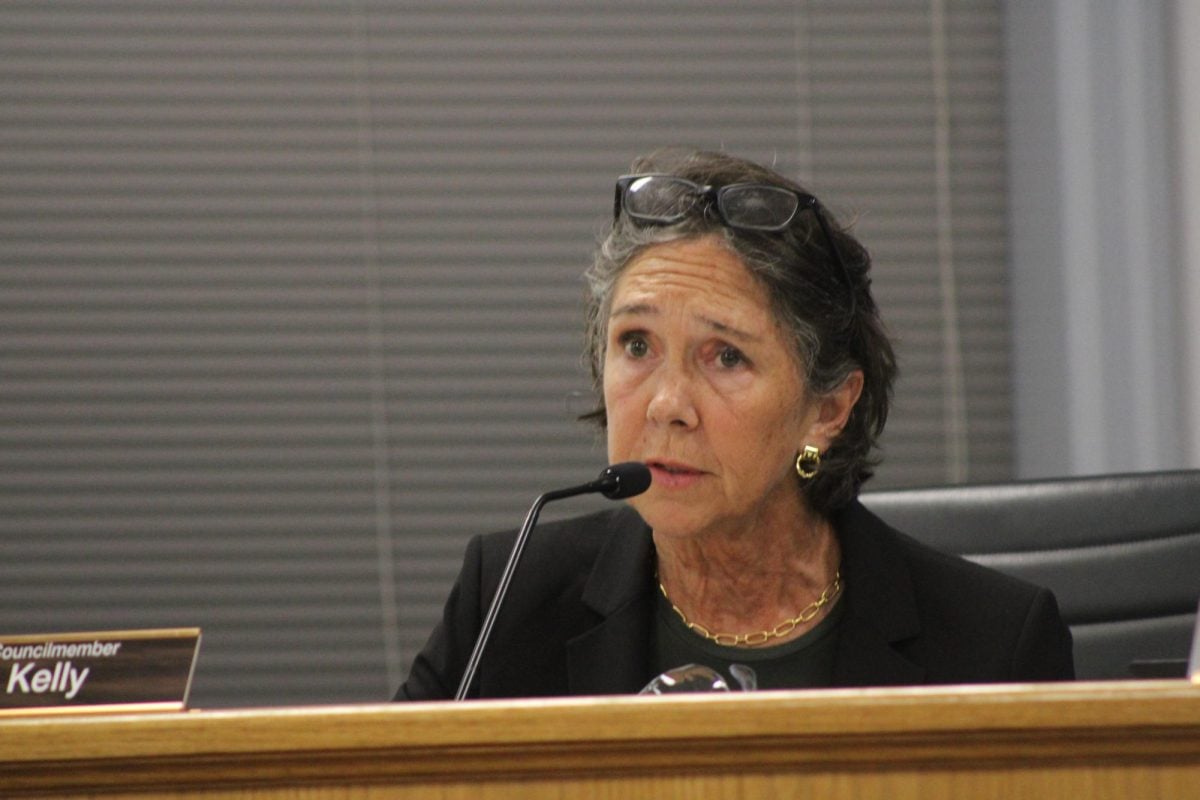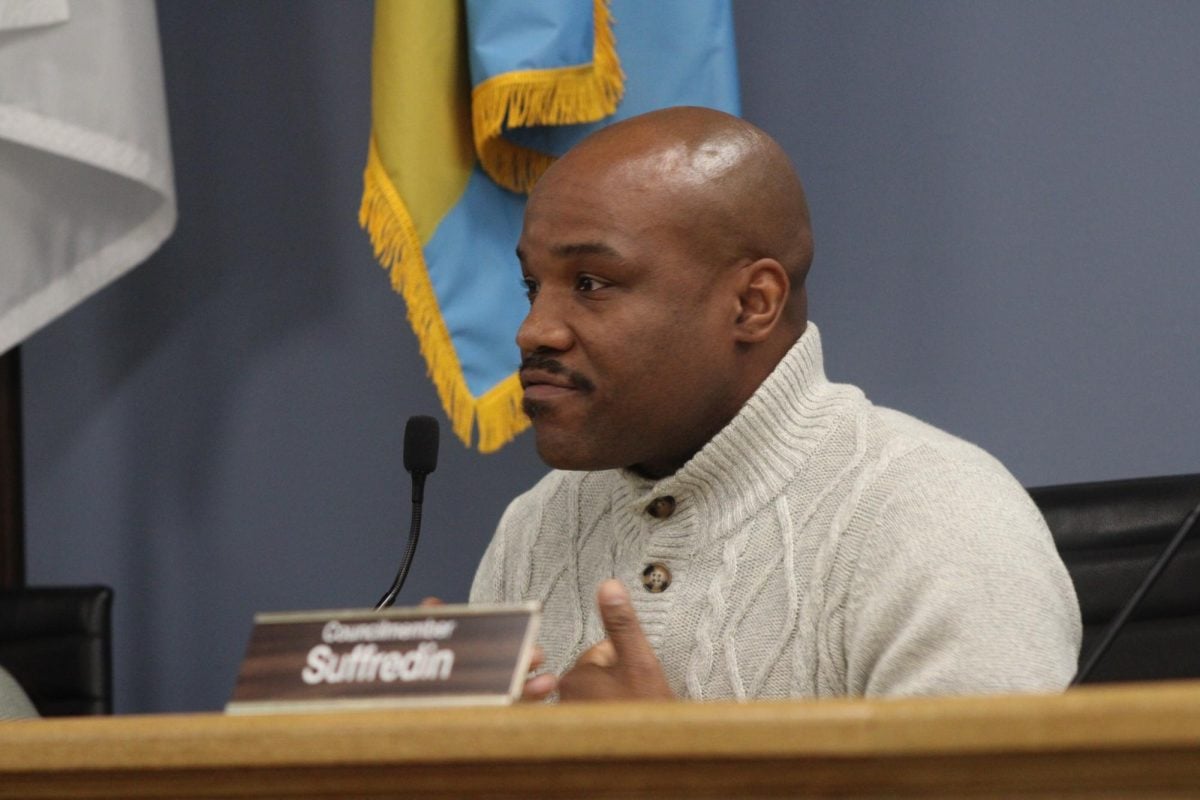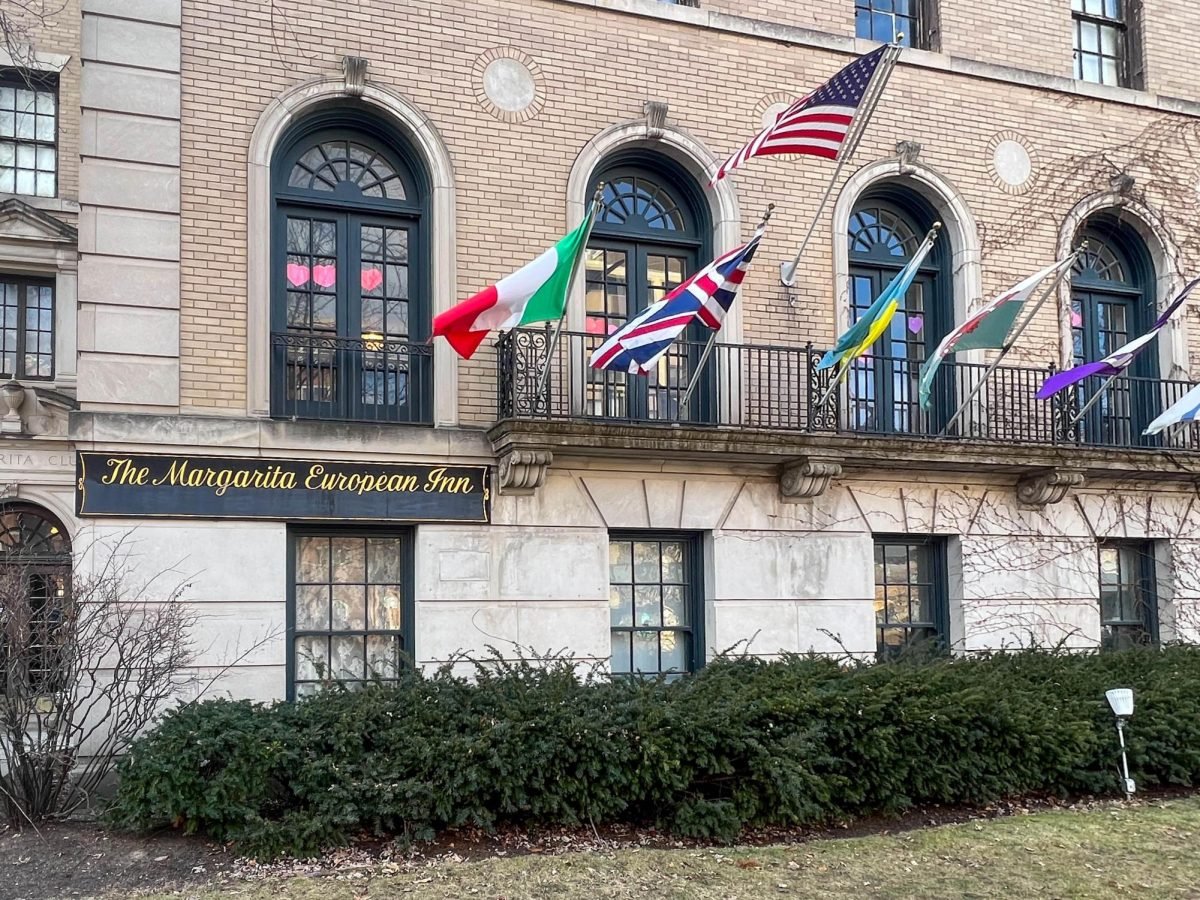A majority of Evanston residents support the arts, although many do not subscribe to the city’s arts organizations, according to preliminary results from citywide surveys on arts presented during a town-hall-style meeting Tuesday night.
EvanstARTs, a collaboration between the city, the Evanston Community Foundation and the Evanston Arts Council, presented the survey results to a crowd of 35 at the Lorraine H. Morton Civic Center, 2100 Ridge Ave.
Evanston-based artists kicked off the meeting with folk songs and an acting performance by the band Midwest Turnpike, which is based in the city’s Noyes Cultural Arts Center.
Evanston Mayor Elizabeth Tisdahl said the city wants to further the arts in Evanson but needs public input.
EvanstARTs consultant Amina Dickerson presented the findings, compiled from 579 surveys the city received through email. The collaboration set up five sites around the city to gather the opinions of a wide range of people, including students, senior citizens, artists, pastors and business representatives.
The surveys found more than half of the respondents support the arts. Many parents supported increased arts education in schools including Evanston Township High School.
“We heard the validation that arts are an important part of Evanston people’s lives,” Dickerson said.
However, far fewer subscribed to an Evanston arts organization. The discrepancy was partly due to the city’s lack of “brand” in the arts compared to art hubs such as Chicago, Dickerson said. Transportation and accessibility to art events promoted by the city are also issues, respondents said.
Many respondents said art institutions in Northwestern University, such as the theaters, were readily accessible, said Judy Kemp, former chair of the Evanston Community Foundation.
“Northwestern students are arts consumers and arts producers,” Kemp said. “Northwestern University incubates performing arts groups.”
But student turnout was low when members from the collaboration visited the University, she said.
The effort to expand awareness of the arts opportunities in Evanston is in part to attract art consumers who would usually travel outside the city, Dickerson said.
At the conclusion of the meeting, Dickerson asked the audience to rank the city’s art development priorities by placing stickers on posters indicating areas such as private/public partnership, communication and coordinated infrastructure.
Coordinated infrastructure and leadership came in the top two from the audience, many of whom were seniors.
EvanstARTs will present the findings in March to the city council.
